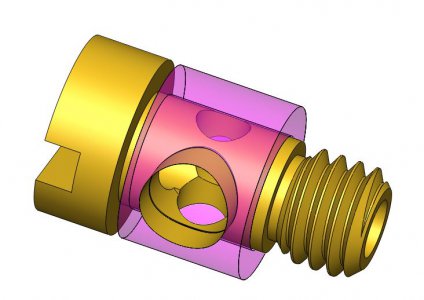- Joined
- Jun 11, 2020
- Messages
- 8
I'm hoping to make a few oil fittings from a Pratt & Whitney No. 3 Miller(http://lathes.co.uk/prattwhitneymiller/). Here are some photos of one;
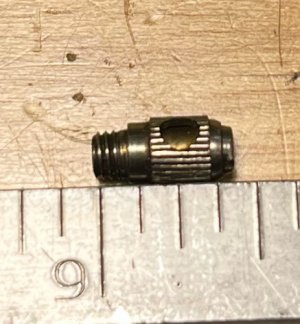
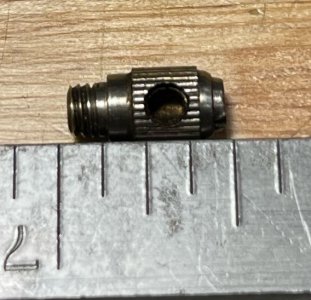
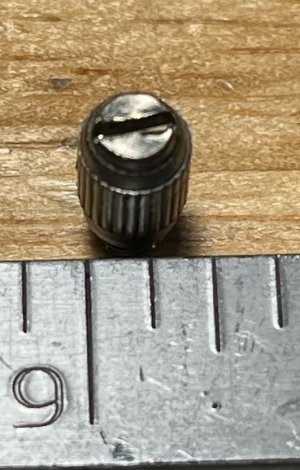
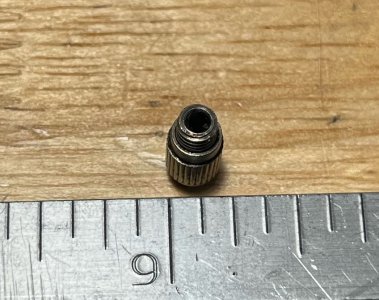
The vertical head and dividing head would've had a bunch of these. Unfortunately the previous owner of the mill I have removed all but one leaving a bunch of threaded holes that chips can work their way in. I've looked online to see if this was a commonly made part at some point and to see if I could buy a few extras, but had no luck. So I have screws blocking the holes for now and am hoping to make new ones as I like the design.
It seems to be constructed in two parts. An inner body that is threaded into the castings and has a blind hole along its length and a cross-drilled hole for oil passage. I.e,
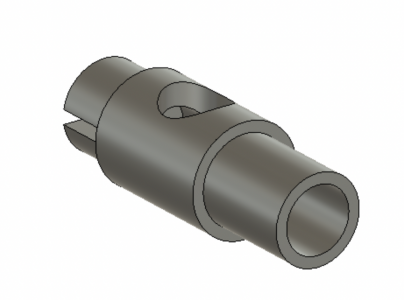
And a knurled outer body that freely rotates around the inner body to block the oil hole when not being used. I.e,
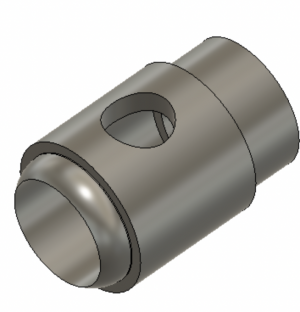
While the outer body can freely rotate around the inner body it appears to be permanently attached to the inner body. I'm not sure how this was done. My best guess is that the the radius feature in the outer body was originally machined as a thin-walled cylinder then pressed in a die with the inner body already in place to form the radius feature and and permanently attach the two.
Is this possible? And/or is there an easier way to make this part?




The vertical head and dividing head would've had a bunch of these. Unfortunately the previous owner of the mill I have removed all but one leaving a bunch of threaded holes that chips can work their way in. I've looked online to see if this was a commonly made part at some point and to see if I could buy a few extras, but had no luck. So I have screws blocking the holes for now and am hoping to make new ones as I like the design.
It seems to be constructed in two parts. An inner body that is threaded into the castings and has a blind hole along its length and a cross-drilled hole for oil passage. I.e,

And a knurled outer body that freely rotates around the inner body to block the oil hole when not being used. I.e,

While the outer body can freely rotate around the inner body it appears to be permanently attached to the inner body. I'm not sure how this was done. My best guess is that the the radius feature in the outer body was originally machined as a thin-walled cylinder then pressed in a die with the inner body already in place to form the radius feature and and permanently attach the two.
Is this possible? And/or is there an easier way to make this part?


